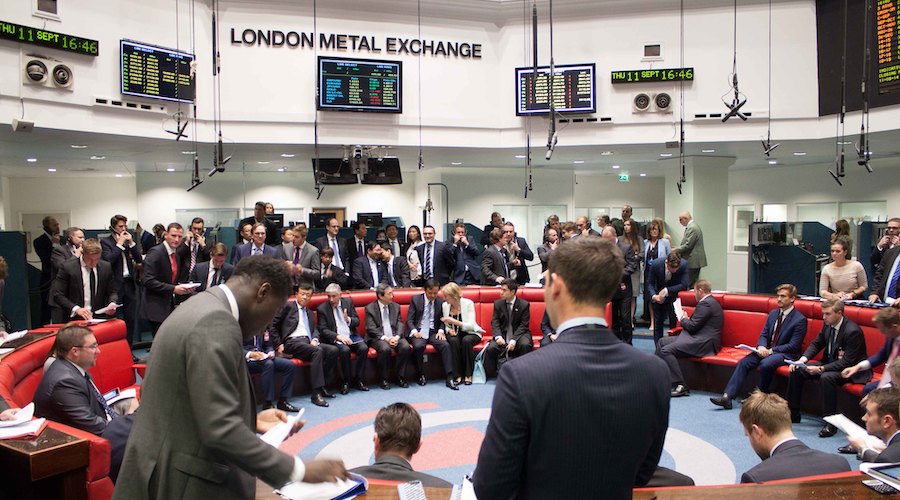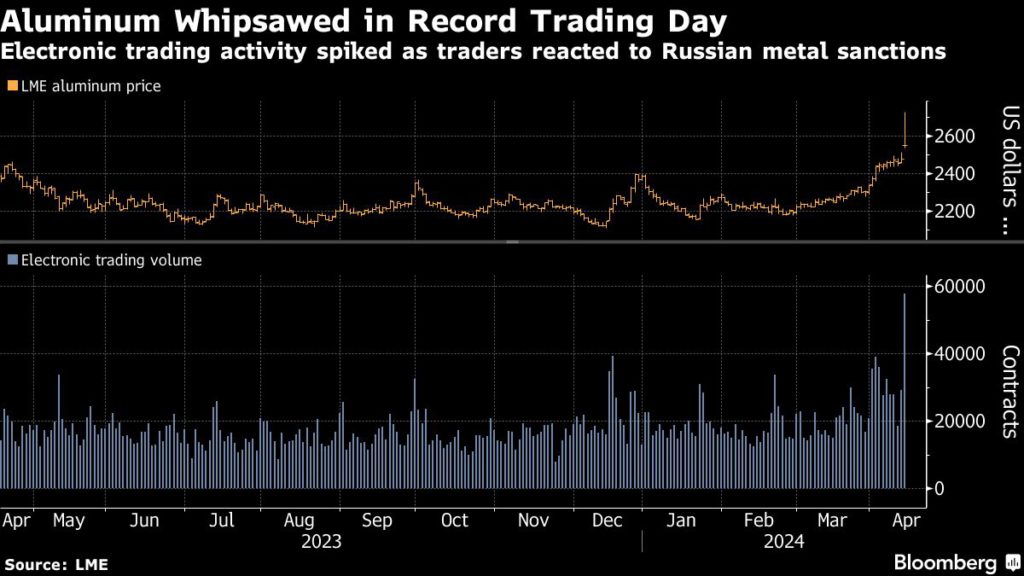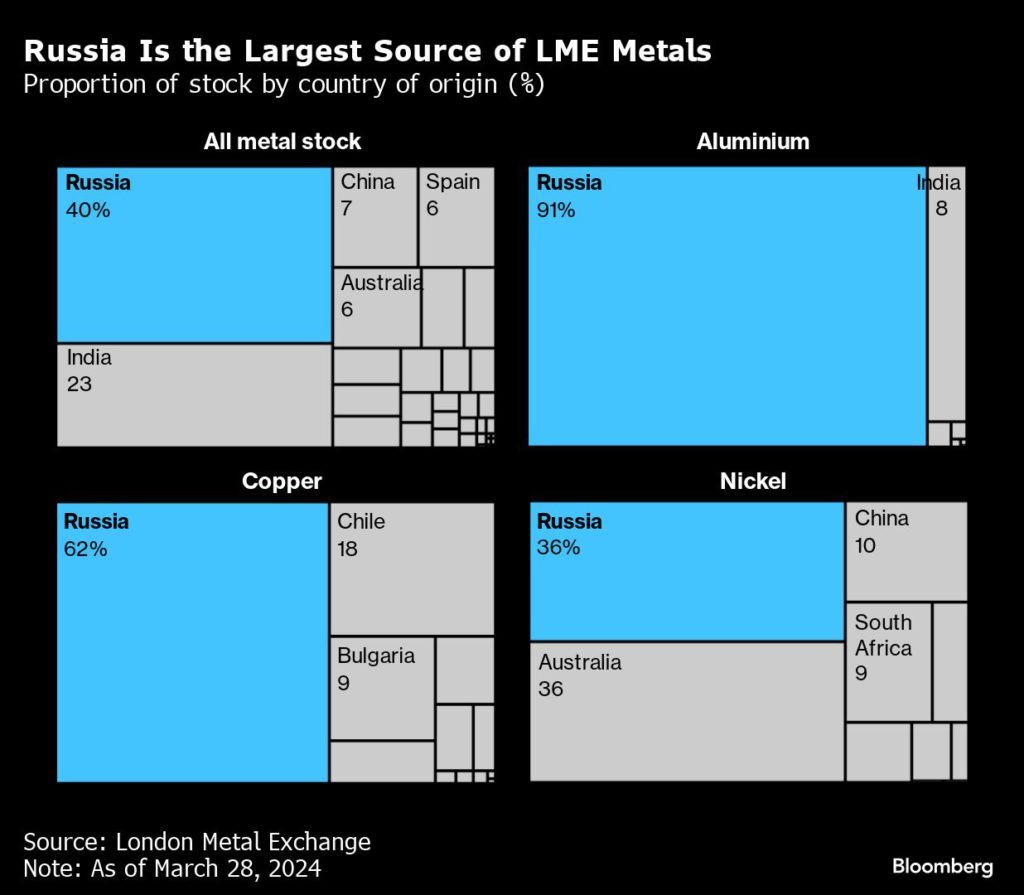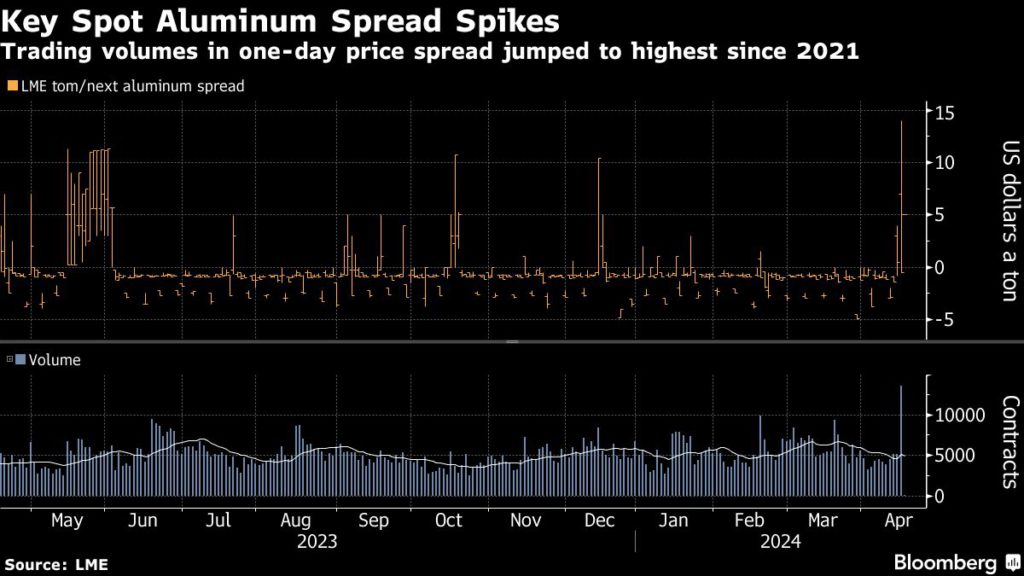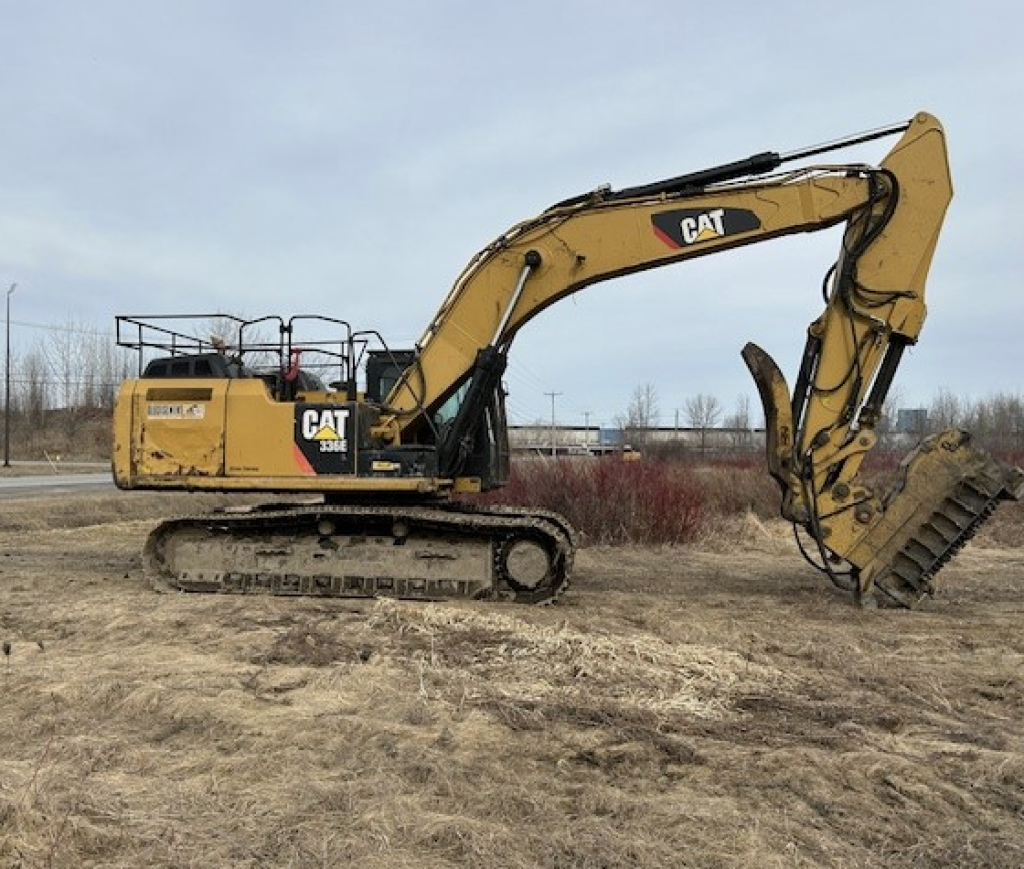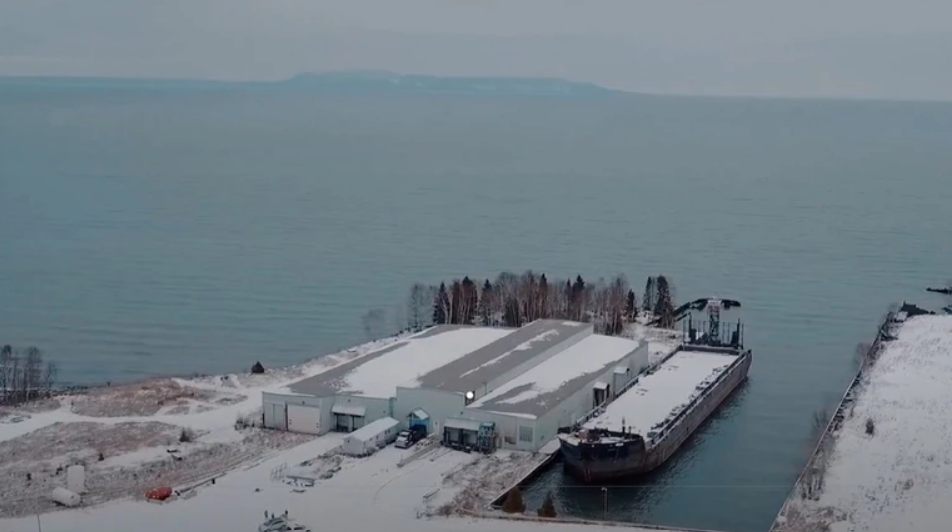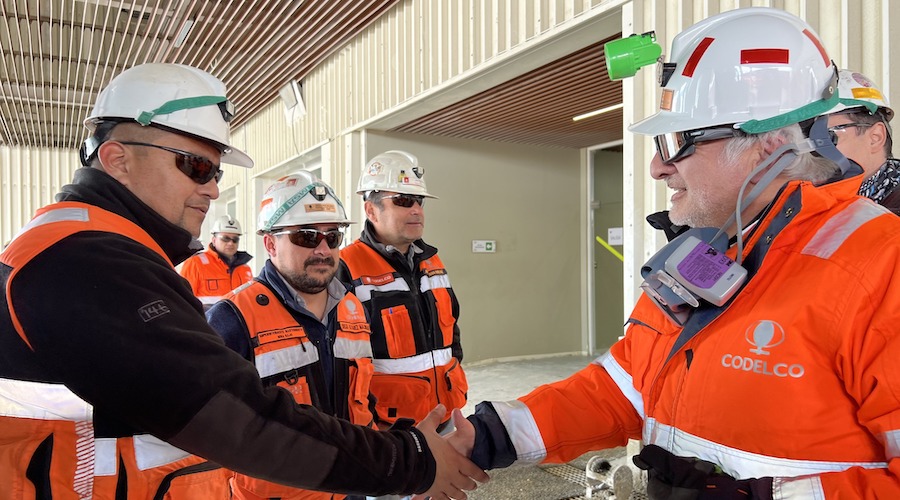Institutional Investors Double Down On Oil Despite Divestment Pledges
- Institutional investors have increased their shareholding in oil giants, while the smallest have been more likely to divest.
- The largest shareholders have offset any trend towards divestment.
- Oil giants continue to invest heavily in fossil fuels, with BP's capital expenditure on low carbon energy at only 3% and Shell's at 9%.
The campaign for institutional investors to divest from oil giants like BP and Shell hasn’t made any progress due to the way index providers dominate the market, a new study has found.
Only 60 institutional investors worldwide have sold all of their shares in BP and Shell, representing about three per cent and four per cent of their shareholders, a paper published earlier this year by David Whyte of Queen Mary University of London has revealed.
These shares have all been promptly bought up by massive asset managers like Blackrock and Vanguard, who have risen to popularity through their market-tracking index funds.
With Shell currently the largest company listed in the UK, and BP number five, tracking the index has meant buying more and more of their shares, and the passive giants have been happy to do so.
Since 2015, Blackrock has increased its shareholding in BP by 3.2 percent, with Vanguard at 1.8 percent. The same rise is true for Shell, with the two asset managers buying 1.8 percent and 1.6 percent more stock, respectively.
Tracking shareholders between 2015 and 2022, Whyte found that the largest institutions had actually increased their shareholding in the oil giants, while the smallest have been more likely to divest.
Indeed, although 47 per cent of BP shareholders and 54 per cent of Shell shareholders have reduced their stakes over the years, net share ownership overall has risen significantly in both companies.
Overall, the top 20 oil giant shareholders have increased their shares by three-quarters of a billion in BP and half a billion in Shell.
“Any trend towards divestment amongst the shareholders who have reduced their shareholding is being offset by the largest shareholders,” said Whyte.
Even the investors who cut their stake in Shell and BP are probably not doing it for ESG reasons, as over a quarter of the 20 investors who made the most significant reductions in shareholdings in the companies actually increased their overall fossil fuel investment.
Campaigners have been pushing for the largest institutional investors to divest their stakes in fossil fuel companies, with Greta Thunberg withdrawing from the Edinburgh Book Festival last year due to its sponsorship by Baillie Gifford, which invests in fossil fuel companies.
BP’s capital expenditure on low-carbon energy, such as solar and wind, is currently only three percent of its total investment, while Shell’s is nine percent. All other investment was spent on fossil fuels and high carbon energy sources
“Shareholder movements in BP and Shell are not applying the pressure necessary to cease oil and gas development,” Whyte concluded.
By CityAM

